Overall, we are becoming more and more subspecialized, but there is still some utility in having broader skillsets. It helps with scheduling and flexibility. I am a neuro-interventional radiologist, but I still read general x-ray and ultrasound. I do it because that's what our practice needs.
Fresh from surfing in Costa Rico, a painful drubbing for the LSU Tigers, the first MRI lymphangiogram in the state of Georgia, and the birth of a son, a lively panel of early-career radiologists from Strategic Radiology (SR) member groups shared tips and pointers for residents and fellows during a fast-moving virtual happy hour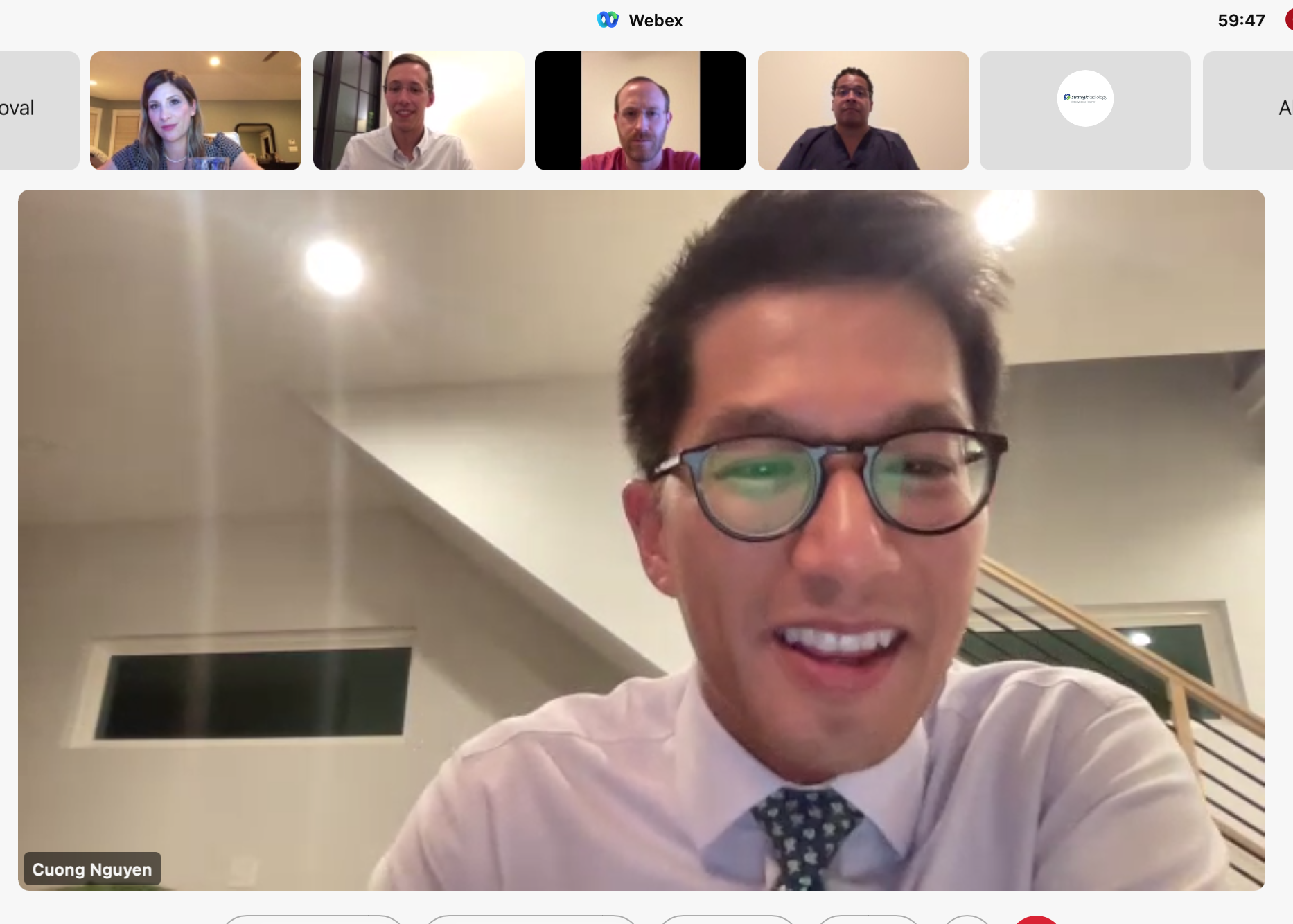 exploring the First Year in Private Practice earlier this month. The panelists imparted practical and valuable information intended to help trainee radiologists navigate the transition to and through their first year in private practice.
exploring the First Year in Private Practice earlier this month. The panelists imparted practical and valuable information intended to help trainee radiologists navigate the transition to and through their first year in private practice.
The event was moderated by Cuong Nguyen, MD, a neurointerventional radiologist who leads recruiting for Mecklenburg Radiology Associates, a 57-radiologist practice based in Charlotte, NC. The panel included four radiologists completing their first and second years with four private practices, all member of SR, a coalition of 36 independent radiology practices. Dr. Nguyen was joined by:
• Karen Grajewski, MD, Body Imaging & Nuclear Medicine, Affiliated Imaging Associates—Huron Valley Radiology Division, Ann Arbor, MI
• Alan Harrell, MD, Women’s Imaging, Mecklenburg Radiology Associates, Charlotte, NC;
• Christopher Rouse, MD, Neuroradiology, Southern Radiology Consultants, Baton Rouge, LA;
• Barry Rush, MD, Body Imaging, Quantum Radiology, Atlanta, GA.
Finding the Perfect Job
Out of the gate, the panelists shared their approach to how they secured their positions, along with tips and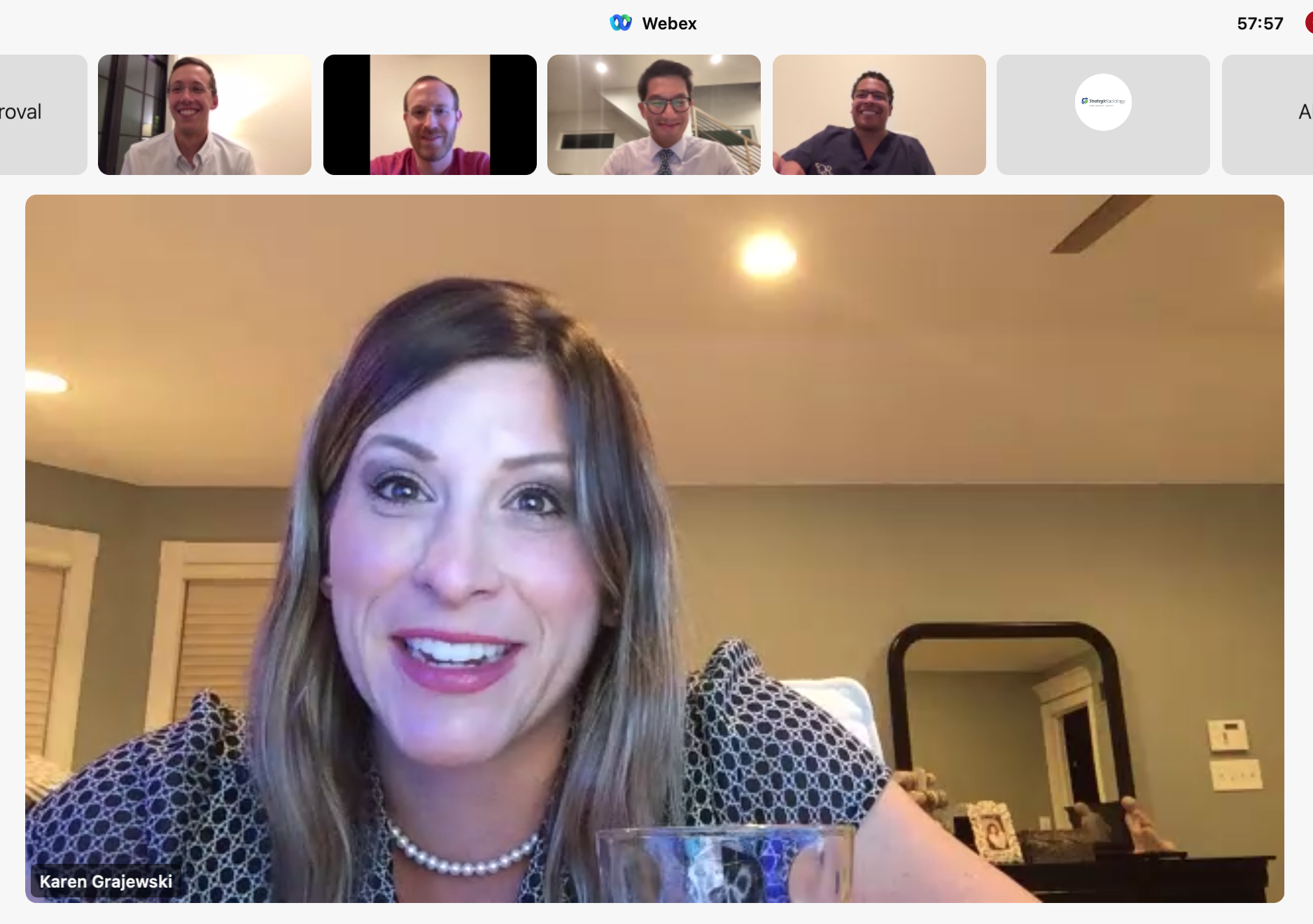 caveats. Dr. Grajewski was born and raised in Ann Arbor, MI, trained at the University of Michigan and knew she wanted to remain in Southeast Michigan.
caveats. Dr. Grajewski was born and raised in Ann Arbor, MI, trained at the University of Michigan and knew she wanted to remain in Southeast Michigan.
“Early on, in my radiology program, I got involved with the Michigan Radiological Society,” she shared. “My advice would be get involved with your state ACR chapter because that is going to be a great way for you to build your network. I met folks from my current practice as a first-year radiology resident and was able to start getting to know people in the different prominent private practices in my geographic area.”
Dr. Rouse grew up in Baton Rouge and trained nearby in New Orleans; he also knew that he wanted to remain in the area. “I agree that being involved in the state chapter is a good idea,” he said. “If you can’t make time for that, I would at least cold call the local groups in any areas of interest as early as possible. I called and started interviewing during my 2nd year of a four-year residency.”
Dr. Harrell combed through the job listings on the ACR Career Center and the Society of Breast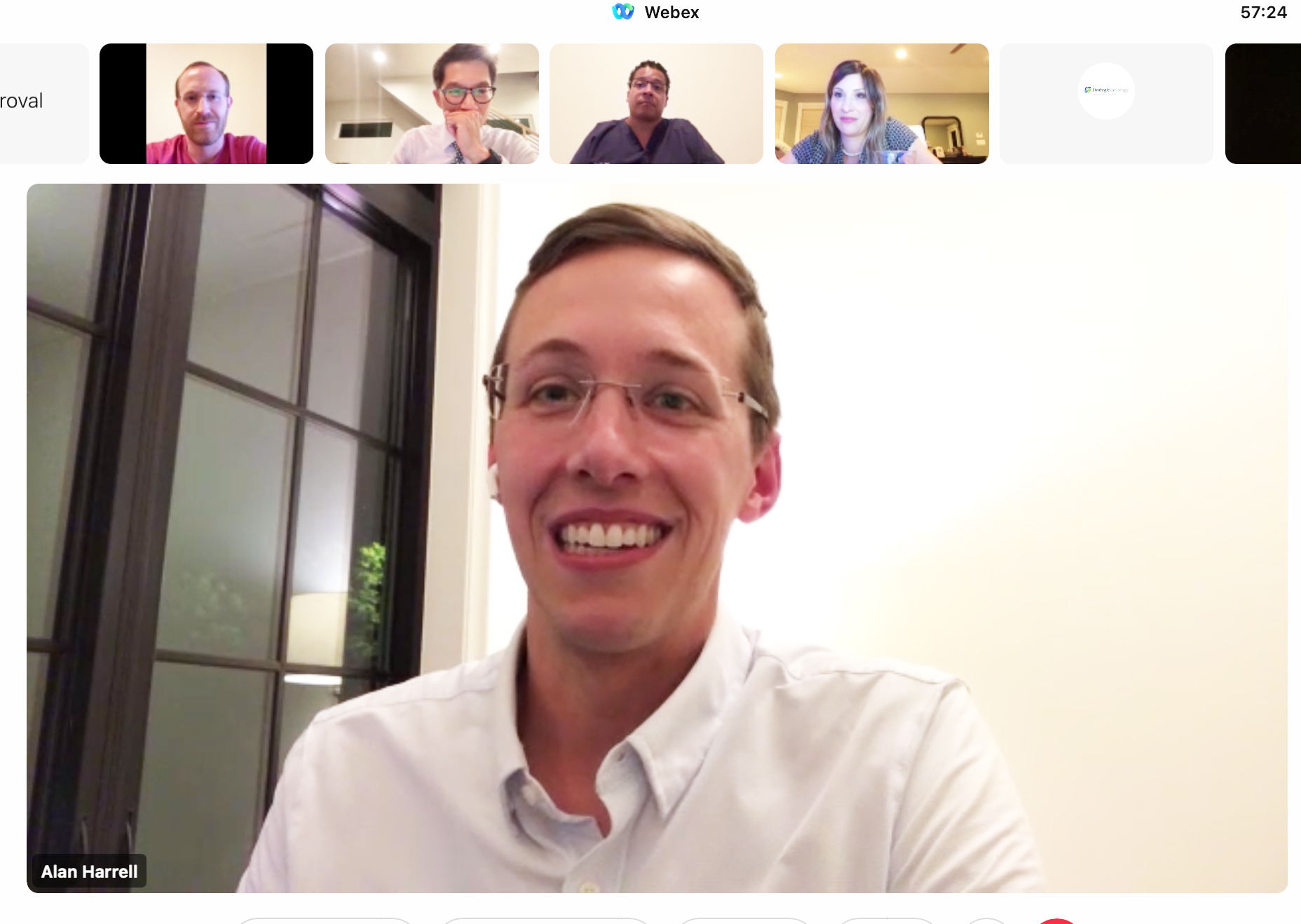 Imaging websites but did not overlook tapping into the advice of attending radiologists at the institution where he trained as well as fellow residents. “I found this position through friends and attendings,” he shared.
Imaging websites but did not overlook tapping into the advice of attending radiologists at the institution where he trained as well as fellow residents. “I found this position through friends and attendings,” he shared.
The case of Dr. Rush was slightly different. He also trained where he was raised, in the Midwest, but sought a more temperate climate and diverse community, and set his sights on Atlanta. Impressed with Quantum Radiology, he reached out but was told that the practice was not hiring in his subspecialty, body imaging.
Undeterred, he went on their website, found the physician listings, and started connecting with Quantum radiologists on LinkedIn. One of them told him they were hiring for abdominal imaging and helped Dr. Rush get an appointment.
“One of the best tips I can offer is not taking no for an answer,” he advised, “because sometimes the person who says no may not have all of the information. It's best to try to talk with one of the radiologists, specifically one in your subspecialty.”
Additional Factors
While location is an important aspect of the perfect position, it is not the only factor to consider. Dr. Nguyen invited the panelists to share other issues they considered in choosing a practice.
For Dr. Harrell, it was twofold: the nature and procedure mix of work you will be asked to do and and the people you will be working beside. “You want to make sure that you get along with them because you're going to have to make decisions—sometimes tough ones—with them at some point and share and balance the work,” he said, adding: “When there isn't work to do, you have to hang out with them in the reading room.”
Dr. Nguyen jumped in to add culture to the mix: “People and culture are the two most important things you should assess in any practice you interview with. This is a bit more difficult to get at than the number of vacation days, compensation, where you read, what you read, and the volume. This is a fuzzier concept, but it's extremely important.”
He challenged the panel: “How do you get at this?”
“That's a good question,” Dr. Rouse replied. “You can get in the weeds on how you are reimbursed, how it is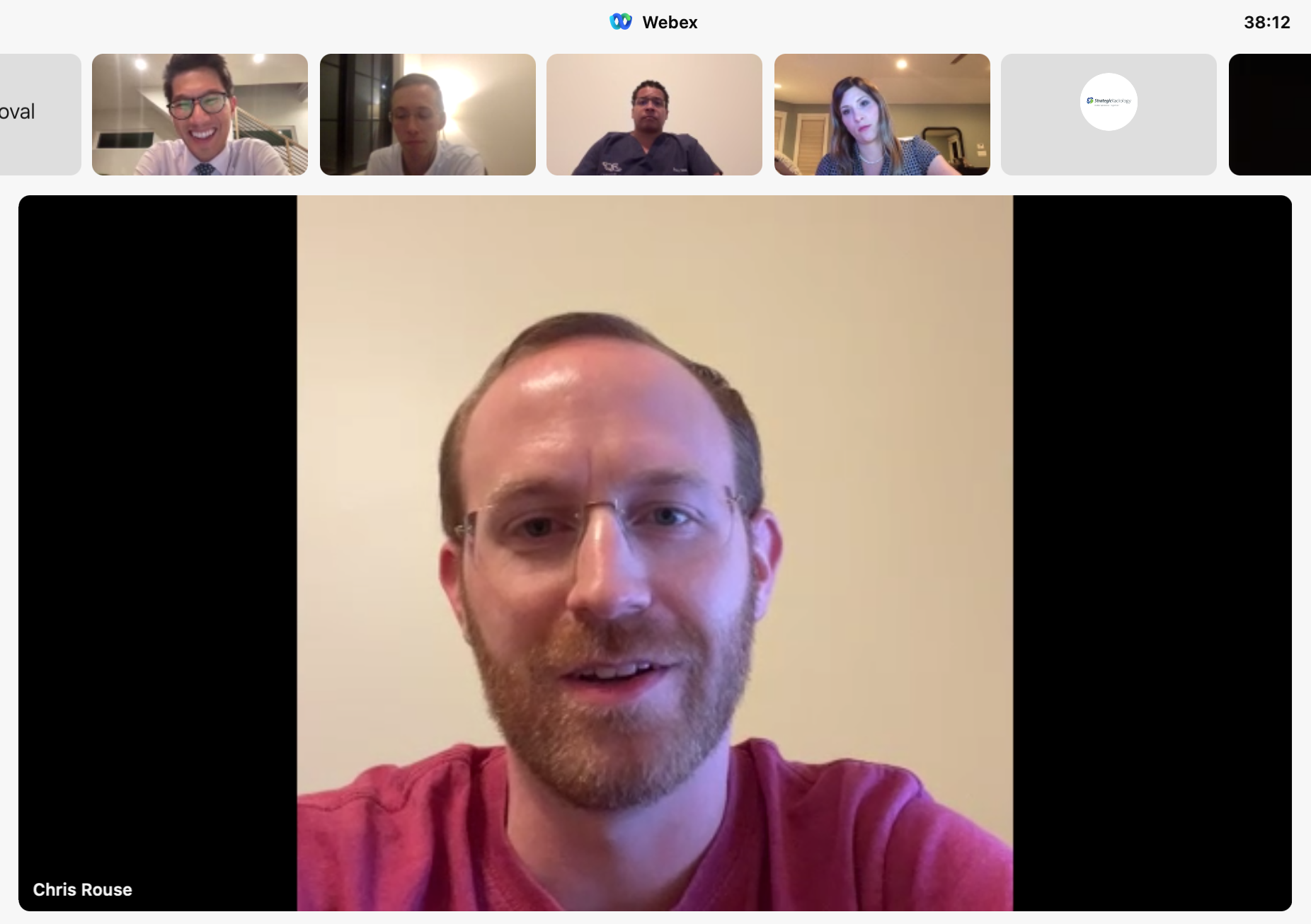 calculated, and whether or not they do their own billing, it’s all important. But in private practice radiology, we're going to be well-reimbursed and have decent time off with any respectful group, I think. I recommend asking of each person you meet, ‘What is the group culture here?’ If people get uncomfortable with that, I would take that as a potential red flag.”
calculated, and whether or not they do their own billing, it’s all important. But in private practice radiology, we're going to be well-reimbursed and have decent time off with any respectful group, I think. I recommend asking of each person you meet, ‘What is the group culture here?’ If people get uncomfortable with that, I would take that as a potential red flag.”
Assessing culture is very personal, hard to get at with a question, and can’t be assessed over Zoom, Dr. Grajewski observed. “It's going to be a vibe,” she said, “and the culture that you want will depend on who you are as a person. Are you a work-hard, play-hard person? Are you taking more of a leisurely approach to your day-to-day? Are you interested in having a lunch hour where you can go socialize with your colleagues or would you rather just like to crush the list through lunch and get out an hour early? That’s why you have got to interview in person.”
Avoid Mistakes, Prep for Real-World Radiology
The panel next addressed two questions submitted by multiple applicants: What are the common mistakes that are made during the job search, and what would you do in your last year in training to prepare for your first year in practice?
Dr. Rush advised attendees to be sure to ask a lot of questions to avoid any surprises, but don’t make salary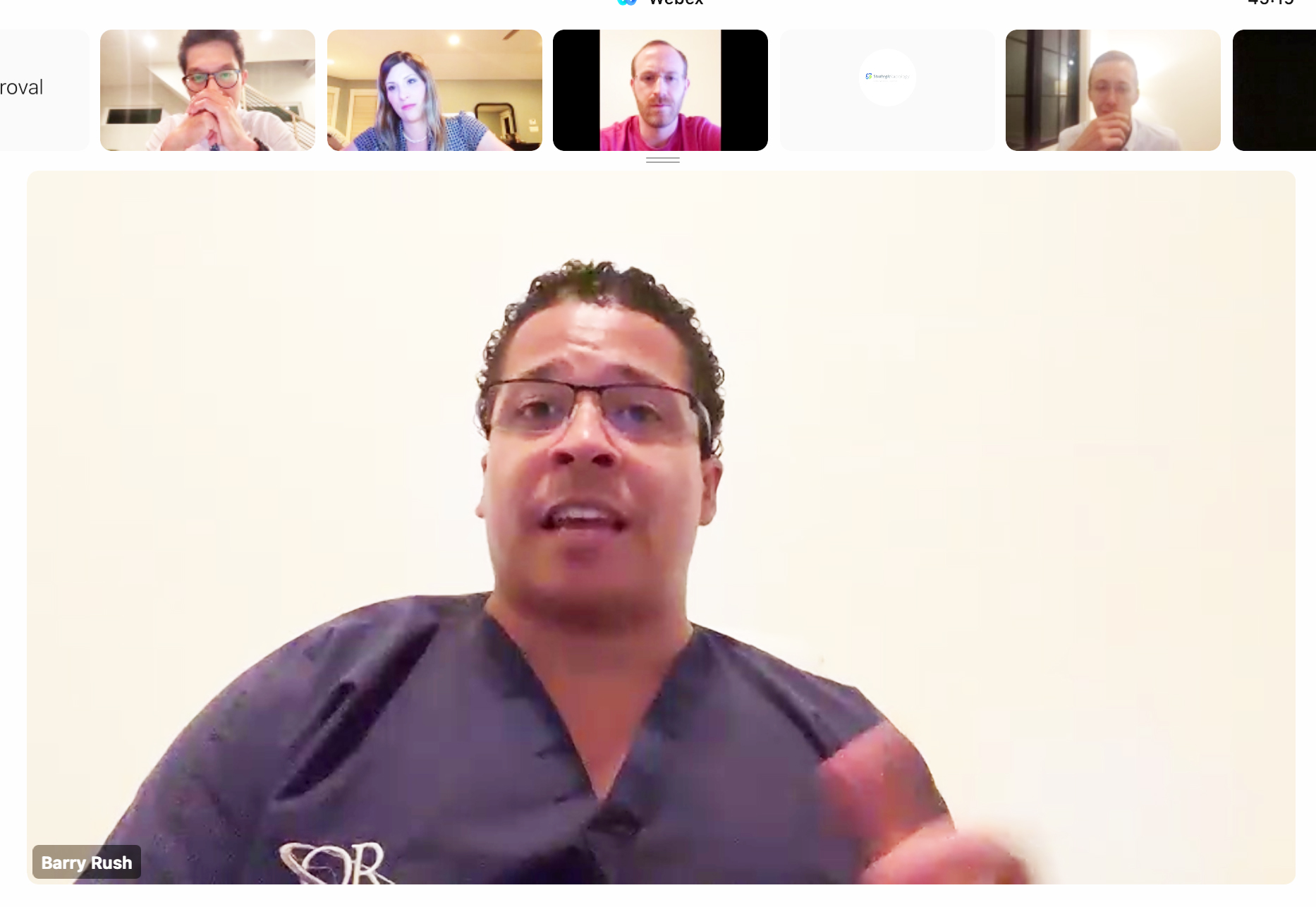 the first question. “You should make sure that the practice is going to be the right place for you and an environment where you can thrive first,” he said. “If you're going to be offered a position, they'll tell you the salary eventually, but I think that shouldn't be the first and foremost priority when you're interviewing, because that might just give off the wrong vibe.”
the first question. “You should make sure that the practice is going to be the right place for you and an environment where you can thrive first,” he said. “If you're going to be offered a position, they'll tell you the salary eventually, but I think that shouldn't be the first and foremost priority when you're interviewing, because that might just give off the wrong vibe.”
He also shared that after he made the decision to join Quantum Radiology, he was able to tailor his final fellowship year to better prepare him for what the practice would require during his first year. “I love procedures,” he said. “I love ablations, biopsies, basically all CT-guided procedures, and I wanted to go to a procedure-heavy fellowship, so I went to the University of Wisconsin. But I also chose to go to Quantum Radiology, and they didn’t need somebody to do procedures, they needed somebody to read.” Dr. Rush approached the program director, who allowed him to focus on interpreting MRI and other diagnostic imaging modalities.
Dr. Grajewski noted that she is seeing more subspecialty recruits come with a second 6-month subspecialty rotation during fellowship that she called a “mini-subspecialty.” “It's always great to have a major and a minor, and that's going to make you more marketable and valuable to your group,” she said. “Not every private practice is structured that way, some are expecting more of a general radiology background. Depending on where you're going, having a formal fellowship and a mini-fellowship is to your advantage.”
Nonetheless, for practical reasons, Dr. Nguyen recommended keeping one’s skillset as broad as possible in the interest of flexibility in the private practice setting. “Overall, we are becoming more and more subspecialized, but there is still some utility in having broader skillsets,” he advised. “It helps with scheduling and flexibility. I am a neuro-interventional radiologist, but I still read general x-ray and ultrasound. I do it because that's what our practice needs.”
Dr. Rouse suggested reading as much as possible from day one in residency and getting into the habit of picking up the phone and calling clinicians. “Don’t wait for the attendings unless they get grouchy about that,” he said. “Take responsibility for your patients and what you are doing. Don’t just send stuff out into the ether and forget about it. Insert yourself into the position you are going to have as an attending. Most places don't do independent call anymore, so there's no other way besides simulating that yourself to get that experience.”
Along similar lines, Dr. Grajewski recommended volunteering to do Tumor Boards during residency. “It can be intimidating as a trainee to step up and lead the tumor board, but do it now, because it's going to be even more intimidating during your first year in practice when the buck really stops with you,” she advised. “Make the mistakes that you're going to make now, while you have an attending to back you up.”
Concurring with all of the panelists, Dr. Nguyen urged residents and fellows to take full advantage of having an attendee looking over their shoulder by taking on as much responsibility as possible: “Take on the hard cases, that is what is going to make you stronger.”
He also shared the strategy of a partner who was one year behind Dr. Nguyen in training and is now one of the most accurate and fastest radiologists at MRA. This neuroradiologist was advised by his neuroradiology fellowship director to read as fast as possible as a trainee because it would be the last time in his career that he gets to have someone reviewing his work. “You get to know where your blind spots are—what you are good at, what you don’t miss, and what you do miss,” Dr. Nguyen explained. “That is what he did, and he is one of the best neuroradiologists I have ever seen—and insanely fast. That is something you can also try as a trainee—don’t be reckless, but really push yourself.”
Part 2 of this article will appear in the December issue of Hub, a quarterly newsletter published by Strategic Radiology. If you are a resident or fellow and interested in the private practice setting, upload your CV and we will distribute to all 36 independently owned private practices that belong to Strategic Radiology.
Hub is the monthly newsletter published for the membership of Strategic Radiology practices. It includes coalition and practice news as well as news and commentary of interest to radiology professionals.
If you want to know more about Strategic Radiology, you are invited to subscribe to our monthly newsletter. Your email will not be shared.